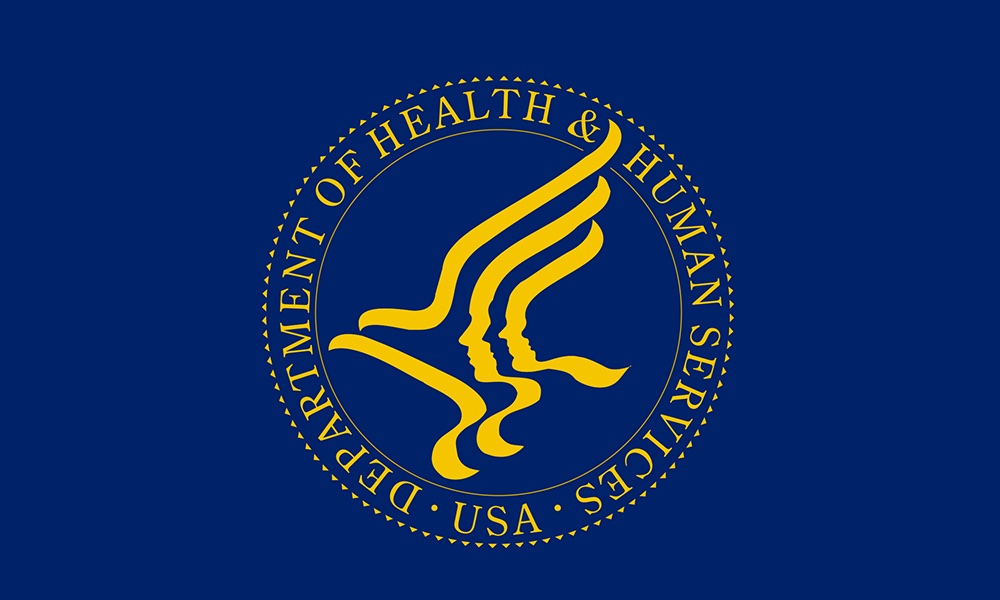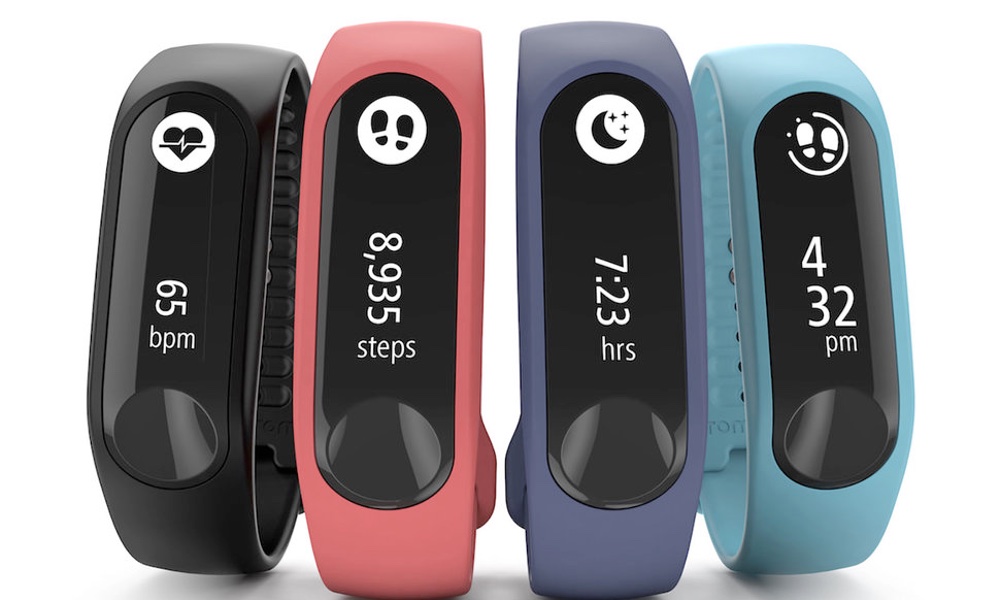Dr. Zonszein is Professor of Clinical Medicine, Albert Einstein College of Medicine. All authors are staff members of the Clinical Diabetes Center of Montefiore Medical Center, New York.
Diabetes is not just one disease; it is really several different diseases. What most people mean when they talk about diabetes is either Type 1 or Type 2. The simplest way to distinguish between them is that people with Type 1 need insulin at all times for survival, as their body makes no insulin, while people with Type 2 can be treated with oral medications and or insulin. A healthy diet and adequate exercise are also important components in treating diabetes.
Insulin is a natural substance that is used by the body to transform sugar and other nutrients into energy. A lack of insulin or an inability to respond to insulin — so-called "insulin resistance" — causes hyperglycemia, or high levels of sugar in the blood. This in turn causes damage in small and large vessels resulting in heart attacks and strokes, in internal organs including the liver causing hepatitis, in the eyes causing blindness, in the kidneys causing kidney failure and need for dialysis, etc.Type 2 diabetes is growing at alarming rates due to the changes in our population.
Type 2 diabetes is growing at alarming rates due to the changes in our population — racial/ethnic minorities are more susceptible to develop obesity and Type 2 diabetes. In the Bronx, one of the five boroughs of New York City, for example, where there is an expanding population of ethnic minorities who are susceptible to Type 2 diabetes, an astounding 18% of the total population has diabetes. (www.nyc.gov/html/doh/downloads/pdf/email/dohmhnews5-04.pdf). Most frighteningly, the disease is afflicting a younger population and causing more and more premature disability and death. To help fight diabetes, the New York City Board of Health recently mandated electronic reporting of Hemoglobin A1c (HbA1c), a test that measures average blood sugar levels, in order to keep track of this growing epidemic and to identify populations that are particularly affected.
HbA1C (also known as hemoglobin A1c, A1C, glycohemoglobin, glycated hemoglobin and glycosylated hemoglobin A1C) measures the average blood sugar level and is a good predictor of diabetic complications. The reason for this is that blood sugar levels can vary wildly from day to day or even from hour to hour. The A1C test, on the other hand, measures average blood glucose levels over the 120-day life span of a red blood cell, and is particularly accurate for the 8 to 12 weeks preceding the test. This is extremely important because research has shown that the more tightly a person's blood sugar levels can be controlled, the less damage the disease will do to the body.
The American Diabetes Association recommends obtaining HbA1c at least twice a year for diabetics under good control (less than 7%) and quarterly in people whose treatment has changed or whose goals (more than 7%) are not being met. Though blood sugar targets should be tailored to the individual — balancing life expectancy and existing complications against the risk of hypoglycemia (low blood sugar) — the recommended target value for HbA1c is under 7% or as close to that as possible without causing significant hypoglycemia. Today, this goal remains largely unmet, with only 37% of American adults with diabetes having values below 7%.
Type 1 or Type 2?
As stated above, diabetes is really a group of diseases in which defects in insulin secretion, insulin action or both cause high blood sugar.Sometimes these defects are caused by an "autoimmune reaction" in which the body attacks the part of the pancreas that produces insulin resulting in Type 1 diabetes. The vast majority of diabetes cases have Type 2 diabetes caused by resistance to insulin and the inability of the pancreas to produce sufficient amounts of insulin.
Most of the time, it is fairly easy to tell Type 1 diabetes from Type 2, as illustrated by Table 1.
Table 1.
Characteristics of T1DM vs. T2DM.
| T1DM | T2DM | |
|---|---|---|
| Age | Younger <18 years old | Older >40 years old |
| Race | Common in Caucasians | Common in ethnic minorities |
| Family history | No | Yes |
| Genetic susceptibility through major histocompatibility complex (MHC) and HLA alleles | Yes | No |
| Islet cell antibodies | Yes | No |
| Insulin production | Deficient | Present |
| Associated autoimmune disorders | Common | Rare |
| Onset | Abrupt | Insidious |
| Ketoacidosis | Common | Rare |
| Central obesity | Rare | Common |
| Dyslipidemia (increased triglycerides and low HDL-cholesterol | Rare | Common |
Type 1 diabetes mellitus (TIDM) is by far the rarer of the two, accounting for only about 5 percent of all cases. It occurs in genetically susceptible people and it is probably triggered by one or more environmental factors, such as pregnancy-related and perinatal influences, viruses and the ingestion of cows' milk and cereals. The typical person with newly diagnosed T1DM is young, white (Caucasian) and the disease is often diagnosed by a hospitalization with diabetic ketoacidosis. Ketocidosis is a dangerously high blood level of ketones. Ketones in the blood and urine mean that, lacking access to sugar, your body is breaking down fat to get energy and in so doing highly acidic byproducts are released into the bloodstream. Moderate or large amounts of ketones are dangerous because they can upset the chemical balance of the body. This is an extremely serious condition. It means that your diabetes is out of control and that you should seek medical care immediately.
Symptoms include:Consistency in both timing of meals and amounts of food is a good first step; the next step is to learn to count carbohydrates carefully.
- Dry mouth and thirst
- Frequent urination
- High blood sugar levels
- High levels of ketones in the urine
- Tiredness
- Dry or flushed skin
- Nausea, vomiting and abdominal pain
- Shallow, labored breathing
- Fruity breath
- Mental confusion
Finally, there are some varieties of Type 2 diabetes (T2DM) that strongly resemble Type 1. A common problem among the Caribbean African population, for example, is a severe malfunctioning of the pancreas that causes high blood sugar and ketoacidosis, resembling Type 1 diabetes, along with obesity. People with these types, however, usually recover their insulin-producing capacity and do not require long-term insulin replacement.
Despite all of the confusing types and sub-types, there is one universal rule of diabetes — people with Type 1 diabetes need insulin therapy and will develop ketoacidosis if not given insulin.
What You Need to Know to Manage Type 1 Diabetes
People who are prescribed insulin for the first time need to learn, without delay, basic diabetes "survival skills." These include insulin self-injection, self blood glucose monitoring, and recognition and treatment of hypoglycemia.
Insulin Administration
Because insulin is destroyed during digestion, it must be given by injection and not orally. Injections have become easier with better needles, pen devices and utilizing insulin pumps. Recently, insulin was approved by the FDA to be given by an inhaled pump allowing effective insulin absorption through the lungs.
Hypoglycemia
When hypoglycemia occurs, rapid provision of glucose is necessary. The "15 rule" is used to teach patients that consuming 15 grams of pure carbohydrate raises blood sugar in about 15 minutes. Treating hypoglycemia with more than this amount or with a high fat food like a candy bar can both raise blood sugar excessively and also delay the blood sugar rise.
Medical-Nutrition Therapy
Medical nutrition therapy for diabetics consists of a heart-healthy diet that is tailored to each person's needs. Consistency in both timing of meals and amounts of food is a good first step; the next step is to learn to count carbohydrates carefully. When insulin replacement is prescribed, eating three meals at regular times at the time of the insulin peaks must be emphasized. Delaying or skipping meals may result in low blood sugar (hypoglycemia). Those who drink sugar-containing beverages such as sodas and juices should stop this habit.
Summary
Once a doctor has determined whether a person is suffering from Type 1 or Type 2 diabetes — not always an easy task — and decided whether or not to prescribe insulin replacement therapy, there are two keys to living with the disease. One is close monitoring of HbA1c levels, with the goal of keeping you as close as possible to the normal and certainly below 7%. The other is mastering self-injection and adjustments of insulin, as well as learning to make diet and other lifestyle changes that will help keep you as healthy as possible. The resources and medical techniques available to manage diabetes continue to improve resulting in better metabolic control, better lifestyles and fewer complications.




